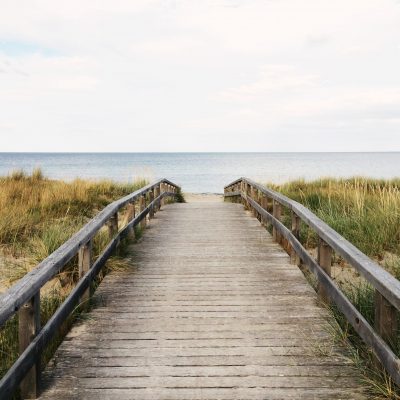Most mds-ers (Mennonite Disaster Service) have seen it many times. A chaotic pile of sticks, stones, wiring, furniture, dimensional lumber, finish lumber, trim, roofing, rafter trusses and even kitchen utensils that a short time before had been part of a family home. As we pull the pile of debris apart for removal, we begin to notice that there are many individual items, not broken, that could potentially serve a useful purpose given an appropriate place. In this day of scarce and expensive resources it is painful to see perfectly sound building materials removed to the landfill or placed on the burn pile.
This last summer in Eagle, Eagle Village and Stevens Village, Alaska MDS found ways to recycle a significant amount of salvaged materials into new structures, including family homes. If we had the privilege of touring these functional and beautiful homes, built and/or repaired by MDS volunteers, one would have to look closely to pick out the recycled materials. In fact, some of these materials would not be identifiable at all without a construction guide to help locate them. Reclaimed building materials were used to build cupboards, wash stands, tables, out door toilets, wood boxes, and arctic entrances to the homes. In addition, reclaimed materials including interior doors, stiff insulation, exterior doors, rafter trusses, T-111, windows, under the house cribbing, and the metal for entire roofs were used on several houses.
I understand that another disaster response agency in Alaska built an entire home with mostly salvaged materials. This resulted in a family home being built for which there was almost no funding, what a witness! The use of recycled materials in Alaska was made possible, in part, by “unaffiliated volunteers” volunteers who just showed up and wanted to make a contribution to the recovery effort. I wonder whether they know the value of what they accomplished? The dollar value of these reclaimed materials has not been calculated but is very significant. In addition to the cost of new replacement materials that would have otherwise been required, the cost of transportation has also been saved.
In our MDS history there are a few other examples of other recycling efforts. One of them occurred in Plaquemines Parish, LA where FEMA was scrapping hundreds of handicapped ramps and trailer entrances. MDS volunteers reclaimed dozens of entrance steps and ramps and made them available to local families. Our volunteers also installed many of them. These valued materials would otherwise have ended up in the local landfill.
I have often been told that building codes, labor inefficiencies, and other realities make it impractical to use recycled materials in our MDS work. However, I can’t help but wonder what would happen if we challenged our volunteers to the task of “making it happen.” I have often been impressed with the creative accomplishments of our MDS volunteers including those who have engineering training and degrees. Perhaps they could assist us to develop a protocol for the appropriate recycling of materials? What would it take to learn from our Alaskan experience and to replicate or even expand it in Canada and in the lower 48? I wonder?
Written by Paul Unruh, long time volunteer and board member with MDS from Newton KS. Paul was MDS Project Director in Steven’s Village for 3 weeks in August 2009 repairing homes damaged by spring flooding.
This article appears in the December 2009 MDS newsletter “Behind the Hammer”
www.mds.mennonite.net . Direct questions/comments to communications@mds.mennonite.net
